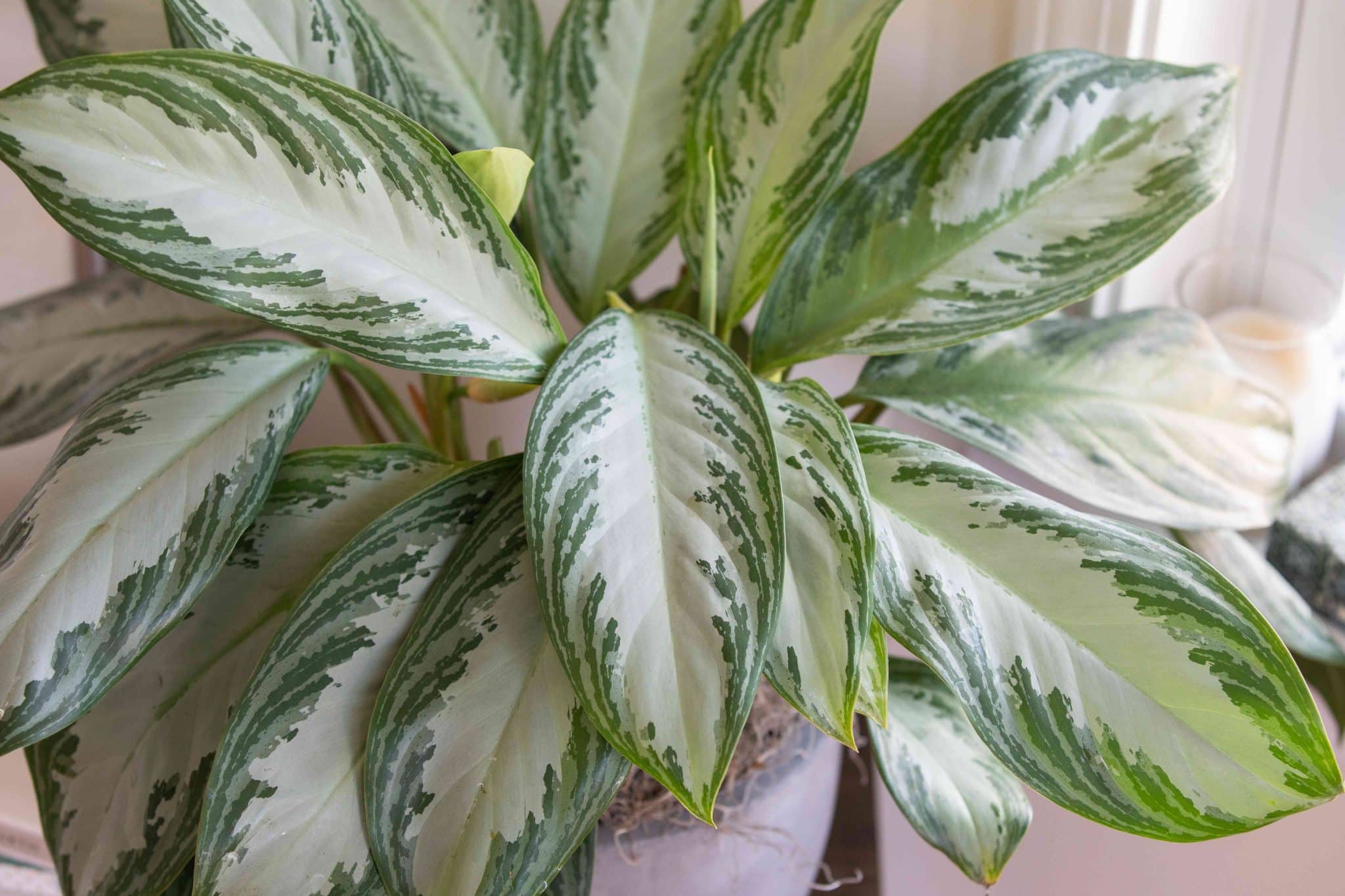How to Properly Write a Review of a Houseplant?
Many people choose to have house plants in their homes. Indoor plants make a great addition to any home, providing it with clean air, oxygen, and beauty. However, it takes knowledge, experience, and research to choose the right plant for your wants and needs. That’s why people often seek houseplant reviews online. Such reviews should consider numerous factors to give readers well-rounded information about each plant. Let’s see how to write a houseplant review to cover all the basics.
Appearance
As always, we first react to how things look rather than to what they are. Thus, even after reading crna personal statement example, students still want to see the site and how it looks to themselves. The same goes here. It is also best to start with the overall appearance description of a plant. Its average size, type of stems, leaves, flowers (when applicable), growth patterns, and other visual components are important factors in people’s decisions. So, a good review should go into depth describing how luscious, colorful, long, etc., a plant is or can become.
Also, there is a difference in whether you review a type of plant or any particular houseplant in front of you. In the case of the latter, a review should also analyze how the plant looks at the moment. For instance, is it limp and wilted, or does it look fresh and alive? How is its condition overall? Are there any spots or dots on the leaves and stems, etc.? Such details may emphasize whether a plant is healthy or not. Additionally, a review may also include a brief description of the plant’s pot, soil, and decorations.
Growth & Longevity
Houseplants come in drastically different sizes and lifespans. So, it is important to review the plant’s growth patterns. For example, mention how fast the plant grows, how long or wide it can become, whether it stops growing eventually, etc. Also, growth patterns largely depend on climate, environment, pot sizes, and other factors worth mentioning in a review. Thus, some plants are slow-growing and require a lot of patience, while others may grow too quickly and become difficult and unwieldy.
In addition, some houseplants can live for decades, whereas others have a lifespan of just a few months or years. Hence, certain plants can become a long-term addition to the family, and it is worth mentioning. Of course, the nuances of proper care should also be taken into consideration in such a case.
Maintenance
Houseplant maintenance is another big factor people need to know before making a decision. Some houseplants can be very easy to take care of and maintain, while others require skills, knowledge, and time. Not all people want houseplants as time-consuming chores. So, mention a houseplant care routine, including how to water, fertilize, or prune it and whether it needs all of these maintenance.
Include information on how healthy those plants usually are. Thus, say whether the plant is prone to disease or pests, and if so, how to manage these conditions. You should also include information about the plant’s perfect environmental conditions, such as changes in temperature, humidity, or lighting.
Lastly, consider the plant’s overall ability to tolerate changes in its environment, such as being moved to a different room or repotted in a different soil mix.
Benefits
Many houseplants offer additional benefits beyond their aesthetic appeal. Some plants are known for their air-purifying qualities, while others can help reduce stress and promote relaxation. When reviewing a houseplant, it’s important to consider these benefits and how they might impact the overall value of the plant.
Compatibility
People looking for a houseplant are looking for an addition to their homes. Hence, they need something to fit into their interior, home atmosphere, and overall aesthetics. Also, each plant requires a certain amount of sunlight, humidity, temperature, etc. People should know how compatible their houses are with the plant you review.
Also, not all plants can live well with one another. So, you should mention what types of plants can the given houseplant coexist in a small space. Plus, a houseplant should also be compatible with one’s lifestyle. Thus, frequent travelers can’t have certain plants around the house since they can’t care for them properly.
Overall Impression
Lastly, you should always end (or start) a review with your overall impression of the subject. For example, would you recommend this houseplant to others, and if so, who would you recommend it to? Some plants are perfect for first-time houseplant owners, while others are a good match for experienced gardeners.
Also, be sure to provide an honest and balanced review, including both the positive and negative aspects of the plant. However, you have to explain your opinions with facts and well-structured arguments. Lastly, add the plant’s value to its price. Houseplants come at a large price difference, which is important to mention.
Bottom line
Reviewing a houseplant can be a fun and rewarding experience. However, you should be thorough and critical in your approach. It is essential to provide detailed information about the plant’s appearance, growth, maintenance requirements, benefits, etc. After all, by writing a good and informative review, you can help others choose the best plants for their homes.







